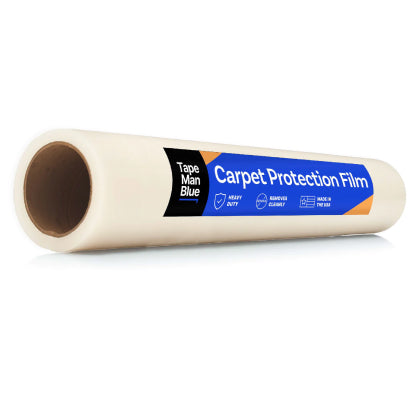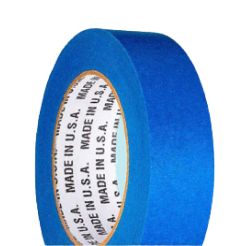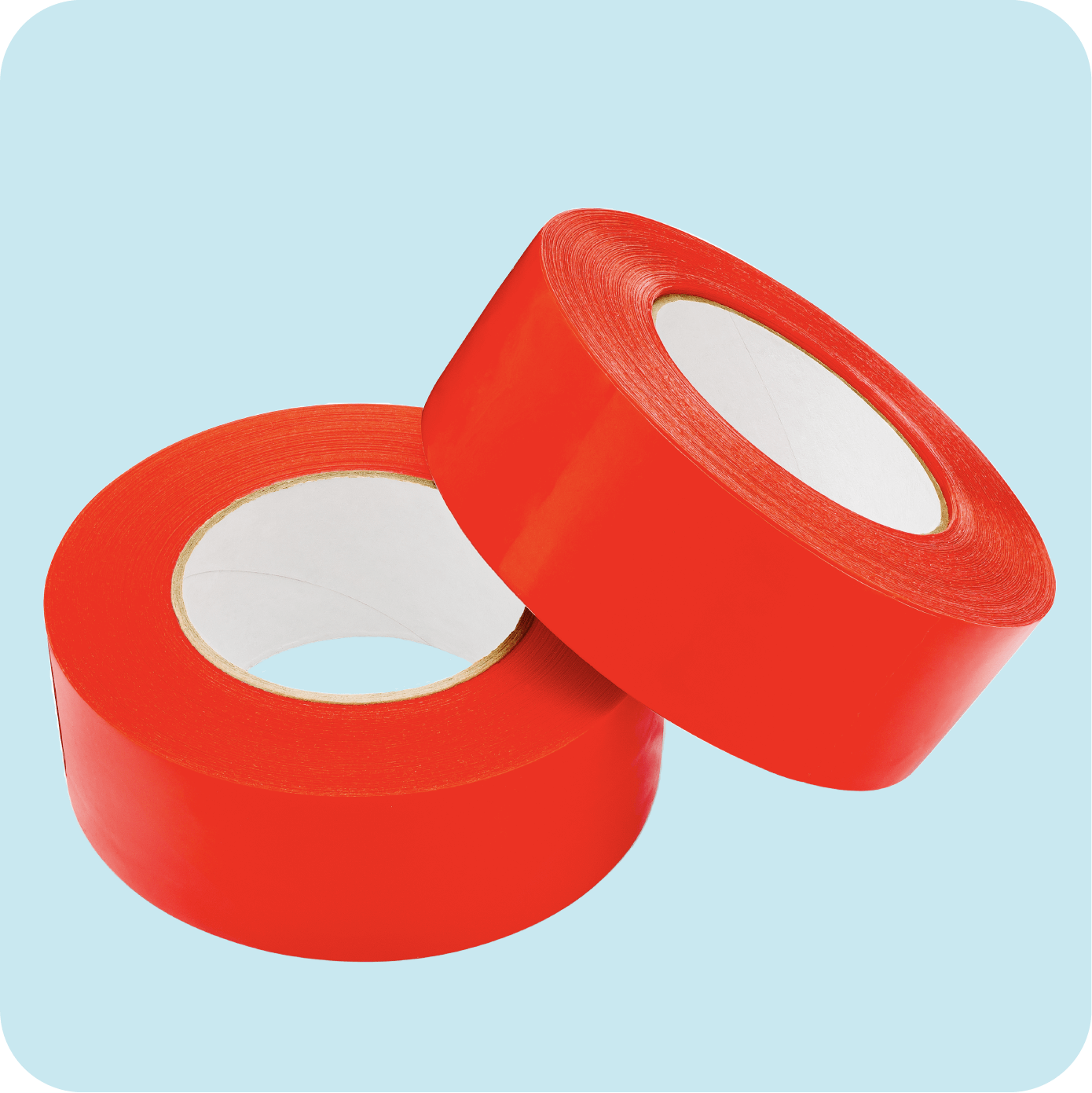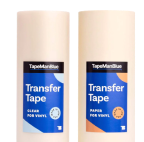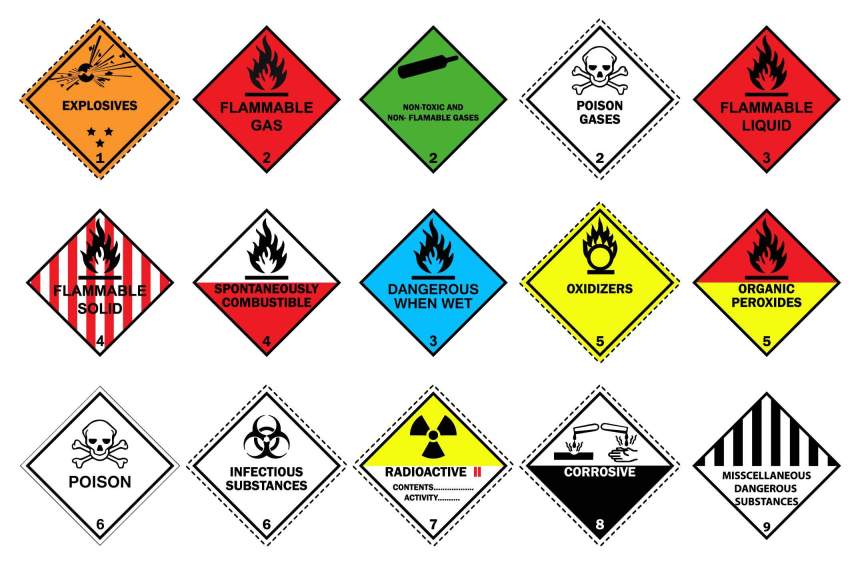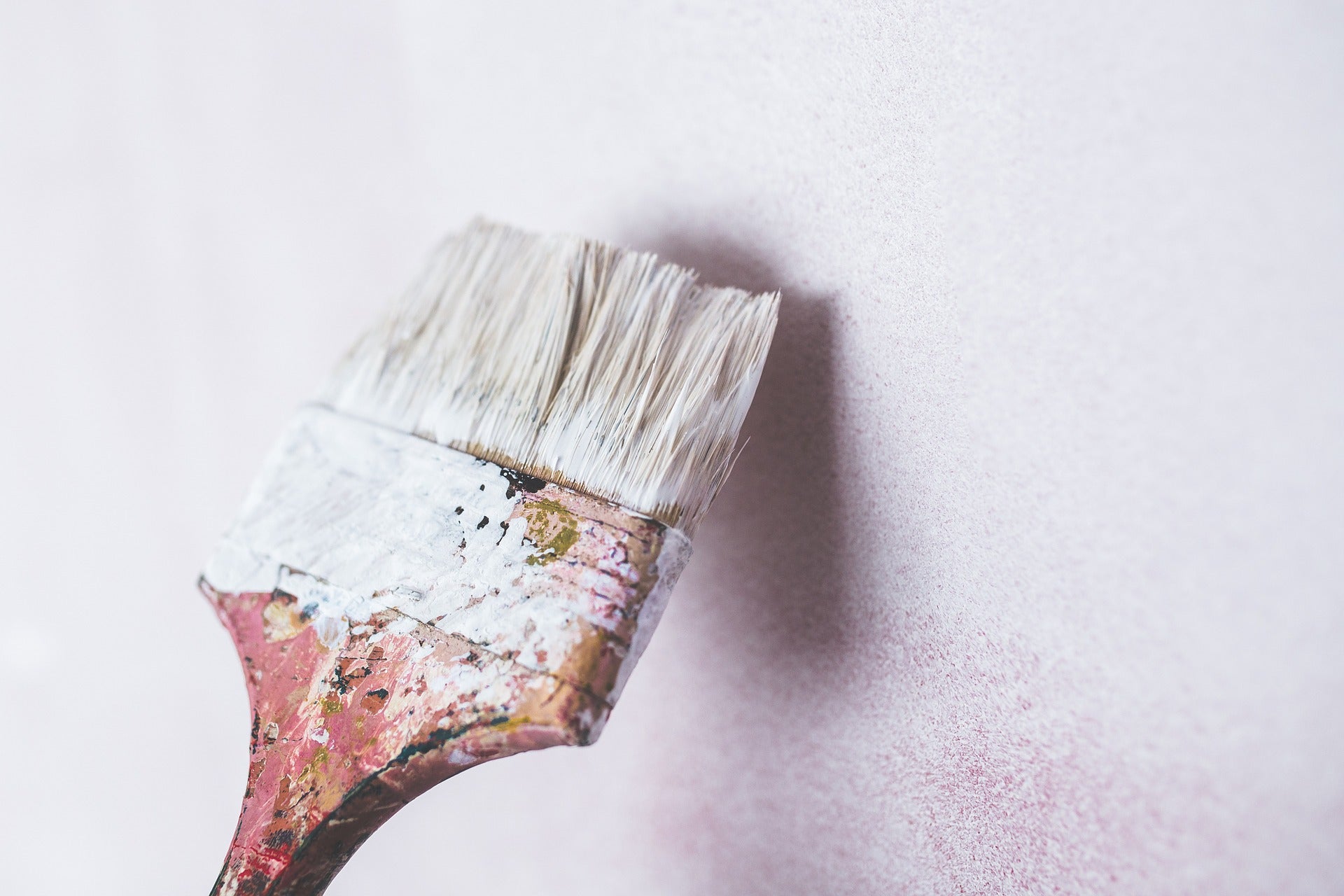The Importance of GHS Labeling
If you or your company are handling chemicals or chemical products, you need to pay close attention to the requirements that are in place for GHS Labels. GHS, short for Globally Harmonized System of Classification, is a standardized classification and labeling system adopted by the UN to create cohesion for all companies that need to label or purchase chemical products.

Affects costs, efficiency, and safety
Obviously, it is incredibly important for the people who are labeling the containers to have a proper knowledge of what chemicals they have and how to correctly label them. Taking time to properly create the labels ensures that the handler won’t receive fines for mislabeling, and the buyers will receive exactly what they are paying for.
You may be asking yourself, what is required for GHS labels? We’re going to look at that now!
GHS label requirements
Here are the six elements of GHS Labeling:
- Signal Word
- GHS Symbols
- Hazard Statement
- Manufacturer Information
- Precautionary Statement
- Product Identification

Standardized Label Elements
The standardized label elements are the ones that must be exactly according to the regulations that the GHS provides. These elements include the signal word, the GHS symbols, and the Hazard Statements.
This standardization is helpful because it is very clear and unified. For instance, every barrel of hydrogen peroxide will have the same signal word, GHS pictograms, and hazard statement, no matter who the supplier was or where it was sealed.
While there is no specified format given by the GHS, these three elements should be listed together on the label.
Signal Word
The first required element of a GHS compliant label is the signal word. This word should appear prominently on the label and identify how hazardous the substance is. If the chemicals are more severely hazardous, the word “Dangerous” should be used for the signal word. Use “Warning” as the signal word if the substance is a lower level of threat.
“Danger” more severe hazard
“Warning” less severe hazard
These are the only two classifications used by the GHS. You should already know which level of hazard severity the chemicals you are labeling are from your safety data sheet, but if not, you will need to conduct careful research so that you can be certain that you are putting the correct signal word on your label.
GHS Symbols
The next element of a label is the inclusion of GHS pictograms. These are standardized GHS symbols that help to quickly group chemicals with similar risk types. For example, all chemicals that are flammable will share the same pictogram.
Pictograms can detail the level of a hazard’s physical risks, chemical risks, environmental risks, and health risks. In total, there are nine symbols that can be used; you can easily view the GHS symbols here.
According to OSHA, the pictograms have to “be in the shape of a square set at a point and shall include a black hazard symbol on a white background with a red frame sufficiently wide to be clearly visible.” This is to create further uniformity between all companies that are printing labels.
Hazard Statements
A hazard statement is exactly what it sounds like; it is a written statement of what kind of hazards there are and the degree of their severity. These brief statements must be written in full.
These phrases are standardized by the GHS, which means they have to be written exactly as they are listed by them. They can be found on the chemical’s safety data sheet in annexes 1 & 2 of the GHS purple book, and can be identified by an H-code. Multiple hazard statements can appear on a single label.

Harmonized Label Elements
Unlike the standardized labeling elements, the harmonized elements do not have to appear in an exact way predetermined by the GHS. These elements will look different for many cases, but they must all be included in some way, shape, or form.
While the Standardized elements needed to appear together, there is no specified placement for the harmonized elements. However, it is important to remember that the purpose of this harmonized system is for clarity and simplicity, so you should lay out your labels in a way that is readable and easy to understand.
Precautionary Statement
The GHS precautionary statements coincide with the hazard statements. These statements break down the preventative, response, disposal, and storage steps that need to be taken to ensure that the hazardous material does not become a danger. First aid information will also be included there.
You can find these statements in annex three of the GHS Purple Book. They should also be included in your SDS with a P-code.
Product Identification
The product identifier states the product or chemical name. Any additional identifiers can be listed to the right of the supplier information. Product identification includes the technical chemical identity.
If the product is a mixture or alloy, the chemical identities of all dangerous substances should be included. According to the GHS Guide, this includes anything that adds to the “acute toxicity, skin corrosion or serious eye damage, germ cell mutagenicity, carcinogenicity, reproductive toxicity, skin or respiratory sensitization, or Target Organ Systemic Toxicity”
Supplier Information
This section simply lists the information of the manufacturer, including the supplier or manufacturing company’s name, address, and telephone number. Providing this information gives people a direct means of contacting your company if they have any questions or concerns.

Supplemental Information
Supplemental label information is the final piece of labeling, though it is neither standardized nor harmonized by the Global Harmonized System of labeling.
According to the GHS, “this information may be required by a Competent Authority or it may be additional information provided at the discretion of the manufacturer/distributor.” Basically, this is additional information that can be included on the label according at the discretion of an authority.
This space for optional information can be a place to add extra warnings that are not yet included as part of GHS regulations. However, it must be stated clearly and cannot contradict the information that is required by the GHS.
GHS Labeling Specifics
GHS Label Formatting
There is no one particular layout or format that GHS labels have to follow, but there are certain guidelines that should be taken into account.
Text requirementsFirst of all, everything needs to be portrayed in a clear way that is easily readable. Elements should not overlap and should have plenty of room on the label so that it is clear what text or image is a part of what section. You should use a standard, easy to read font that is large enough to be seen without strain.
Heading requirements
Secondly, the three standardized label elements should appear prominently at the top of the label. They should be displayed in a way that they can be read quickly from a distance, whether that is making the text bold or increasing the font size.
GHS Language requirements
Finally, in the United States, it is required that all of the information is provided in English. However, repeating the information in other languages is acceptable.
Additionally, if you are working in or selling to a different country, you may have to comply with their specific language requirements.

What containers need to be labeled?
Primary and secondary containers
Both primary and secondary containers need to be labeled in order to be considered GHS compliant.
Primary containers are typically the large barrels, boxes, or drums that come directly from a manufacturer. Any label already placed on a primary container should not be altered or removed.
Secondary containers are smaller bottles, buckets, or canisters that are (typically) filled with chemicals from primary containers. Even though they are smaller than primary containers, in most instances they need to include all of the information that is provided by the primary container.
What if the container is too small to label?
If you are using a secondary container that is too small to print a readable label on, there are other options! Other labeling options like pull-out labels, fold-back labels, or tags can act as acceptable substitutes if they contain all of the GHS required labeling information.
In an instance where the container is even too small for any of these methods of labeling, OSHA allows for practical accommodation, meaning that “full label information for the chemical is provided on the outside package” that the containers are placed in.
GHS labeling and transportation
While the same information needs to be present when transporting hazardous materials, the specifics of transport labeling are written and upheld by the US Department of Transportation.
“For hazardous products being transported, outer containers have required label elements, product identifier and hazard symbols.” All labeling on outermost containers required for transport should be done in addition to the GHS workplace labels.
GHS guidelines also provide additional pictograms for hazard transport. You can find examples of those pictograms here!
Important Resources for GHS Labeling
GHS labeling and Safety Data Sheets (SDS)
SDS stands for safety data sheets, and they are a key component of the GHS labeling system. SDS provide information about potential hazards and recommended safety precautions.
All safety data sheets are unique to their specific products. They should be referenced not only for worker safety and prevention of danger, but also for GHS labeling information. Much of the Hazard information that is required for GHS chemical labels is found on the corresponding safety data sheet.
Where to get SDS?
If the company that you acquired your hazardous material from does not supply you with a safety data sheet, there are several online databases that you can access to potentially find the correct SDS. This could be a helpful resource to start searching for an SDS that you need.
When should I produce an SDS?
If you are handling a mixture or substance that qualifies as a hazardous material, you need to have an SDS on site. Additionally, you may need to have an SDS for any mixture that has hazardous ingredients.
If you are working with a new substance or a new mixture of hazardous substances, you will need to create your own data sheets. This article can walk you through the requirements and format needed to create an approved SDS.
GHS Purple Book
All of this information and more can be found in the GHS “Purple Book.” A revised 2019 copy of the Purple Book can be found here. Even though it is over 500 pages long, you can use the table of contents to locate answers to your specific questions about GHS chemical labels.
GHS Labeling in Review
In summary, GHS label requirements need you to have a baseline knowledge of the chemicals you are working with and access to resources that give you the specific information you need for labeling.

The GHS labeling system requires:
- Signal Word: “Danger” or “Warning”
- GHS Symbols: provided pictograms
- Hazard Statement: statements defining pictograms
- Manufacturer Information: contact information
- Precautionary Statement: warnings and first aid information
- Product Identification: definition of chemical properties
If you carefully implement these elements on your labels, they should be easy to read, helpful in a pinch, and harmonized with hazard labels across the globe. Take your time and be sure that you are thorough in covering all the requirements, and you should be set!
If you have any questions about GHS labeling or any other adhesive needs, feel free to reach out to us here at TapeManBlue through our contact page.

